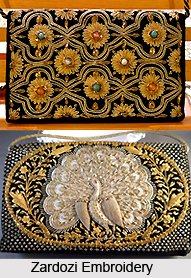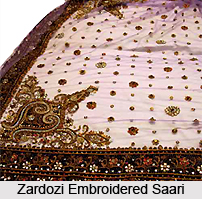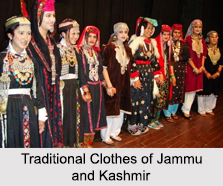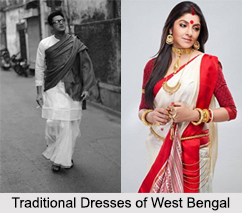 Zardozi is the metal embroidery that uses pure gold and silver wire or the zari. Therefore, this type of embroidery is known as zardozi and was, probably, derived from the Persian word "Zar" that means gold and "Dozi" meaning embroidery. Thus Zardozi refers to sewing with gold string. Zardozi work is also known as karchobi, which is derived from the word "Karchob" or framework. The embroiderer stretches the fabric tightly on a wooden frame, within which this style of embroidery coins to life.
Zardozi is the metal embroidery that uses pure gold and silver wire or the zari. Therefore, this type of embroidery is known as zardozi and was, probably, derived from the Persian word "Zar" that means gold and "Dozi" meaning embroidery. Thus Zardozi refers to sewing with gold string. Zardozi work is also known as karchobi, which is derived from the word "Karchob" or framework. The embroiderer stretches the fabric tightly on a wooden frame, within which this style of embroidery coins to life.
Origin of Zardozi
This style of embroidery was brought about by the Mughal influence on Rajasthani courts and has survived well over the passage of time. However its existence can also be traced in the Rig Veda. The art gained prominence in 17th century when it was greatly patronized by the Mughal Emperor Akbar. However during the rule of Aurangzeb, the craft declined in the absence of royal patronage. As the raw materials used for Zardozi were expensive and rare, the artisans failed to carry on the artwork on their own. In olden days it was used to adorn the attires of the kings and members of royal families. It was also used for embellishing walls of the royal tents, paraphernalia of regal elephants and horses, wall hangings, scabbards etc.
 Technique of Zardozi
Technique of Zardozi
Zardozi is to be worked in two distinct styles. The first, karchobi, is distinguished by the density of its stitches on a heavy base material such as velvet or satin. It is usually seen on garments like coats, tent coverings, furnishing and canopies. The second is kamdani, the lighter, more delicate work, which is well-known in Rajasthan. Kamdani adorns elegant fabrics like silk and muslin. Although this kind of work is considered to be most suitable for scarves and veils, these days it is most visible on bridal wear.
The design is first outlined on the fabric and mixed metallic wires and shapes are spread out on it. The motifs used in the embroiderers in Rajasthan are inspired from different shapes and sizes of gold and silver wires and discs. The badla, a flat wire with a thread base, the salma is coiled and springy, while the dabka is a thin tightly coiled wire. Asitara is a tiny ring of metal that resembles a star, gijai is a circular, thin stiff wire and the tilla is a flat metal wire. Sequins and coloured beetle wings are also often used. The most expensive and ostentatious examples of zardozi include semi-precious stones and pearls.
The metallic wires form the design and needle and thread are employed merely to sew the elements on to the fabric. Laid-stitch, backstitch, couching chain stitch, running stitch and satin stitch are also employed in these exquisite embroideries. Zardozi usually features geometric shapes along with floral designs.
Designs of Zardozi
In Zardozi, circles and triangles may come into margins, thus creating a body of flowers. Borders often feature triangular forms with finely wrought floral scrolls. The corners are adorned with mantra motifs, a floral spray or peacocks. The field is filled with sprays, flower buds and animal figures, especially in the karchobi style. Another elegant feature is the delicate jaali (net) on some parts of the fabric. Currently, zardozi is being extensively used on urban clothing not only in Rajasthan, but all over India. The assimilation of this age-old craft into urban life has ensured its permanence and reputation.





















